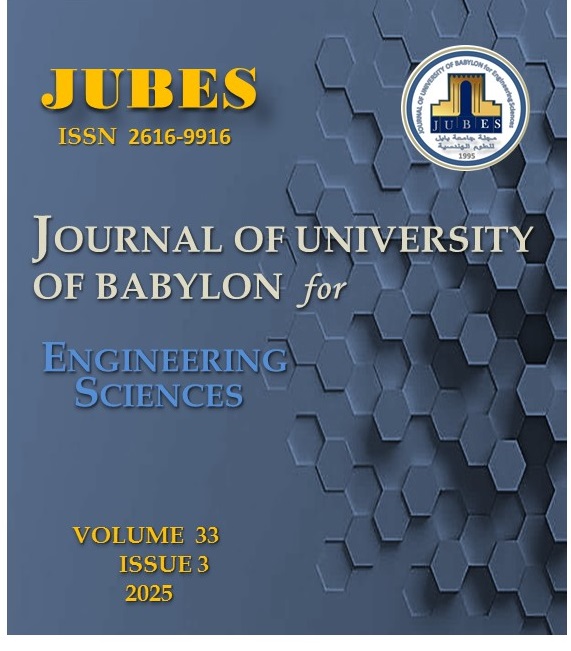"Thermal Energy Recovery from Automotive Engine Exhaust Using a Shell-and-Tube Heat Exchanger: A Sustainable Approach to Waste Heat Utilization"
Main Article Content
Abstract
Experimental investigations were conducted to quantify the recoverable thermal energy from the exhaust of a 60 kW internal combustion engine (ICE). The evaluation of the shell-and-tube heat exchanger's performance was conducted using water as the working fluid for thermal energy transfer. Utilizing the acquired data, a computational simulation was conducted to optimize both the thermal performance and geometric configuration of the heat exchanger. Two separate heat exchangers were incorporated into the system: one dedicated to the generation of saturated steam and the other designed for the production of superheated vapor. These units were configured in both parallel and series arrangements. In the series configuration, exhaust gases first traversed the superheater followed by the saturation unit. Conversely, in the parallel setup, the exhaust stream was split, with each fraction passing through either the superheated or saturated exchanger simultaneously. In both configurations, the water stream was first introduced to the saturation unit, then routed through the superheater. Significantly, the analysis revealed that under operating pressures below 30 bar, the parallel configuration yielded superior power output, whereas at pressures exceeding 30 bar, the series configuration demonstrated greater performance. The turbine output power was also estimated by incorporating realistic isentropic efficiency assumptions. The findings reveal that harnessing the available waste heat from the diesel engine can yield a minimum additional power output of 18%, underscoring the system’s capability to improve overall energy efficiency in a sustainable and economically viable way.
Downloads
Article Details
Section

This work is licensed under a Creative Commons Attribution 4.0 International License.
